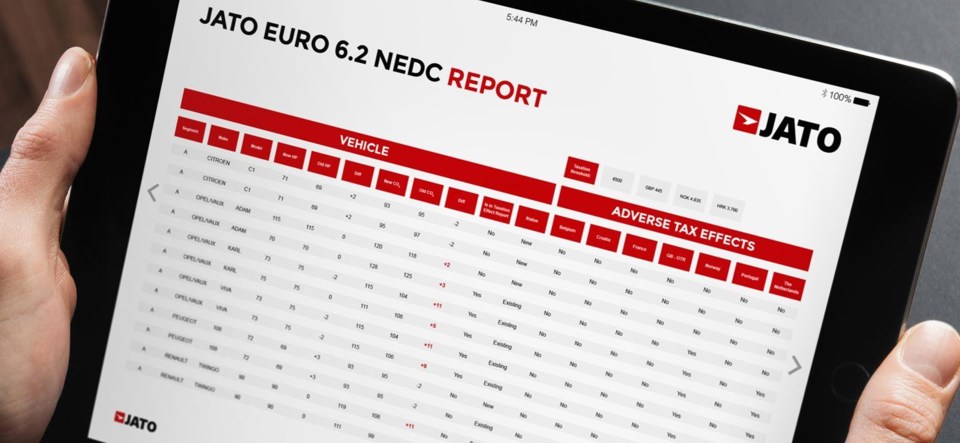Jato Dynamics has concluded that the introduction of new WLTP vehicle emissions test standards across Europe are set to “result in higher purchase and ownership taxes” for motorists.
Releasing the early findings of its work on the impact of WLTP in relation to the automotive market, Jato said that, while the transition to WLTP still ongoing, there were significant signs that in the long term the new system would impact the current business model for the automotive sector.
Since December 2017 Jato has been providing insights and data reports to clients on the shifts in CO2 levels seen in NEDC correlated values and has been monitoring the transition to WLTP since its initial introduction in September 2017.
Detailing its early insight into the findings a spokesperson described WLTP as “a seismic change in the automotive industry”, adding: “We have observed that NEDC correlated CO2 figures are higher than previous NEDC tested values, and the disparity could be greater than the industry expected.
“Furthermore, our initial findings suggest that the NEDC correlated values are resulting in higher purchase and ownership taxes for the end user in some cases.
“This is something the industry needs to be aware of as the competitive landscape is changing.”
The major finding of Jato’s early research is that the new NEDC declared values – either calculated via Co2mpas (the model developed to convert WLTP CO2 measurements to an NEDC equivalent) or via double testing for new engine calibrations (which have been re-homologated using the WLTP test cycle) – are higher than under the previous NEDC test cycle.















Login to comment
Comments
No comments have been made yet.